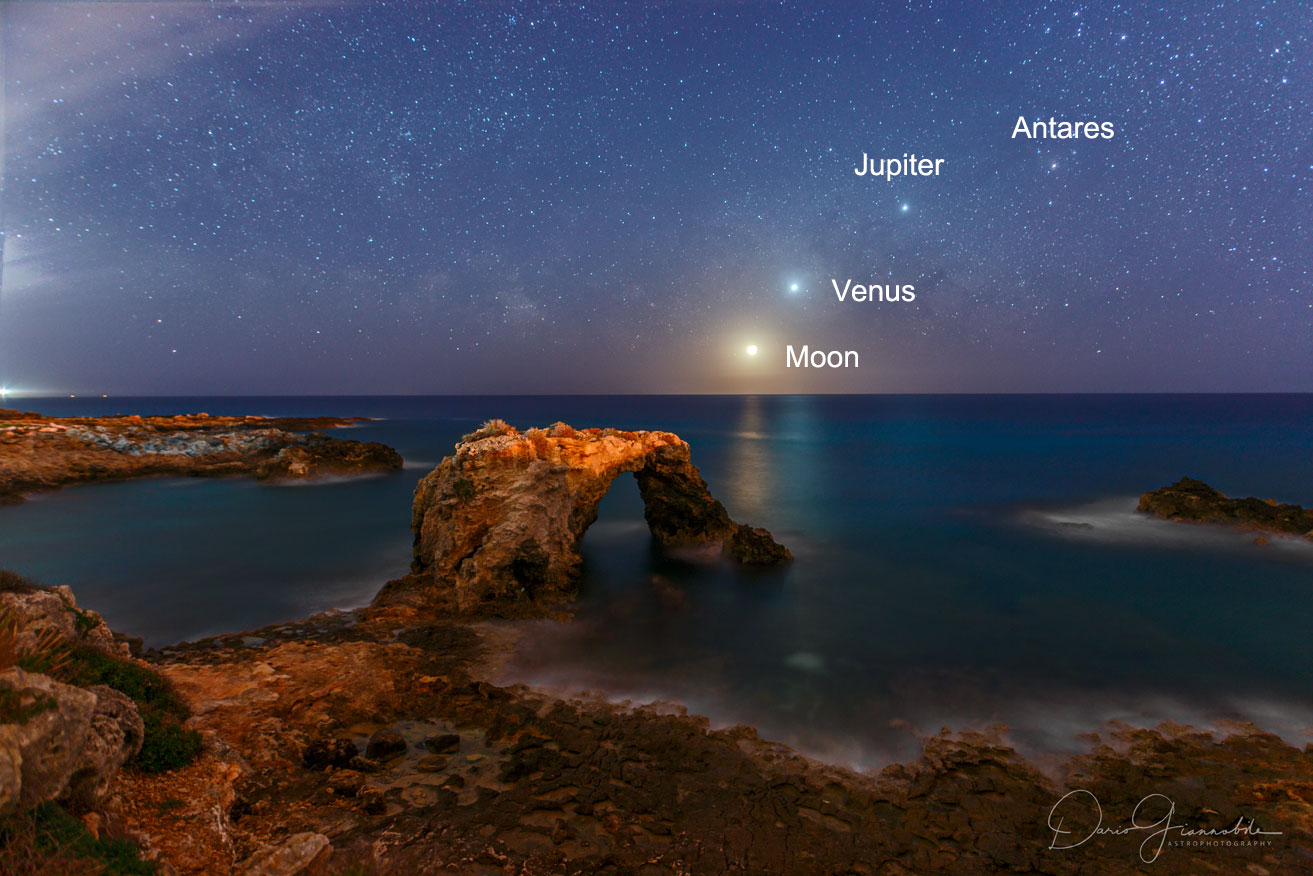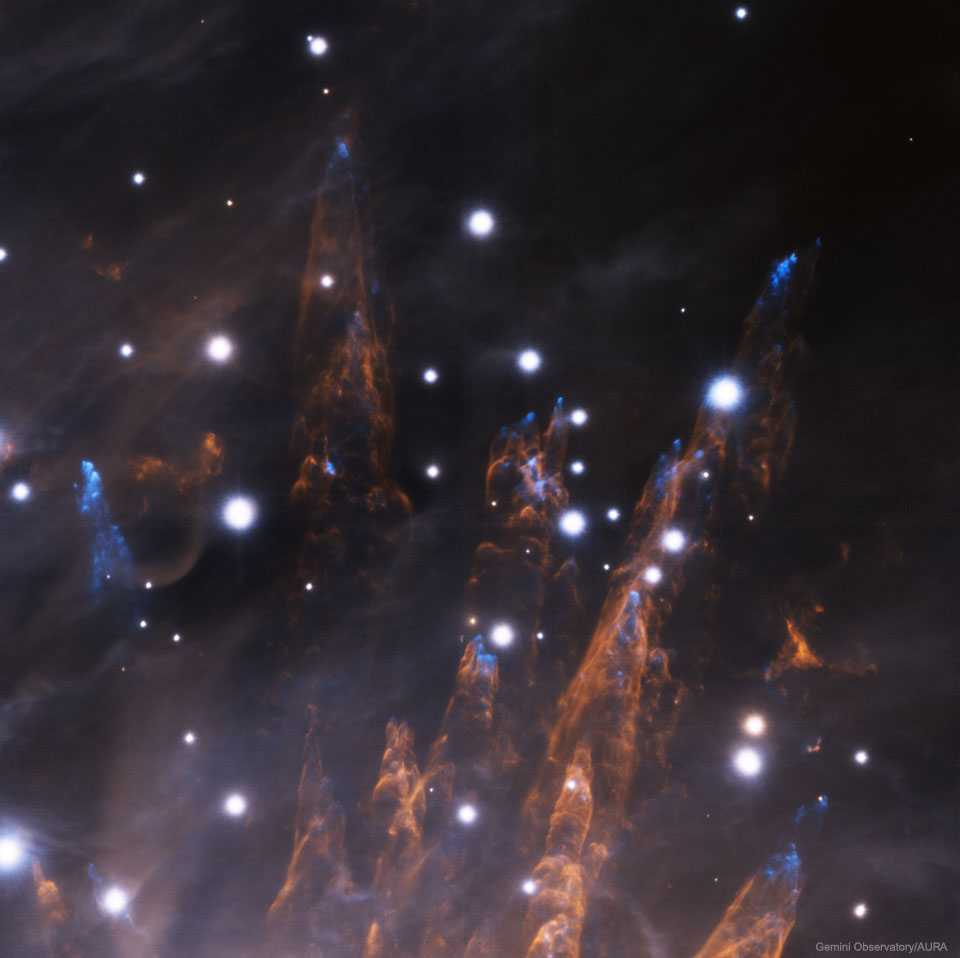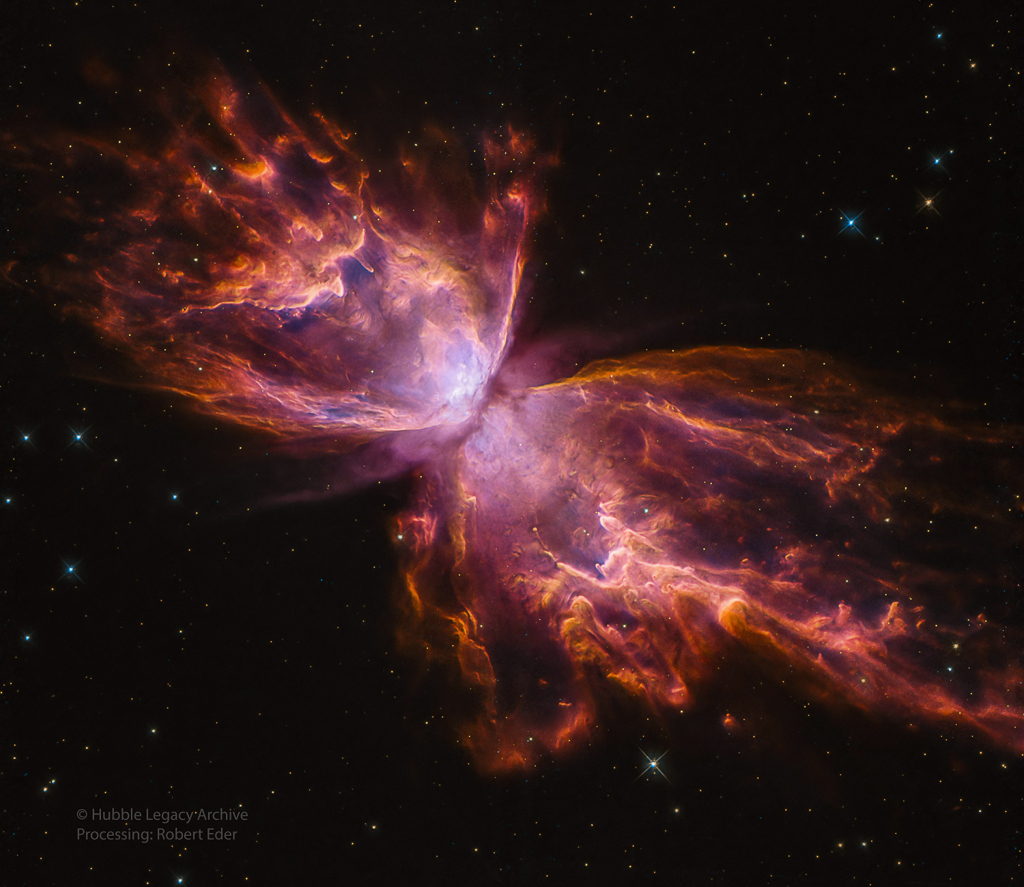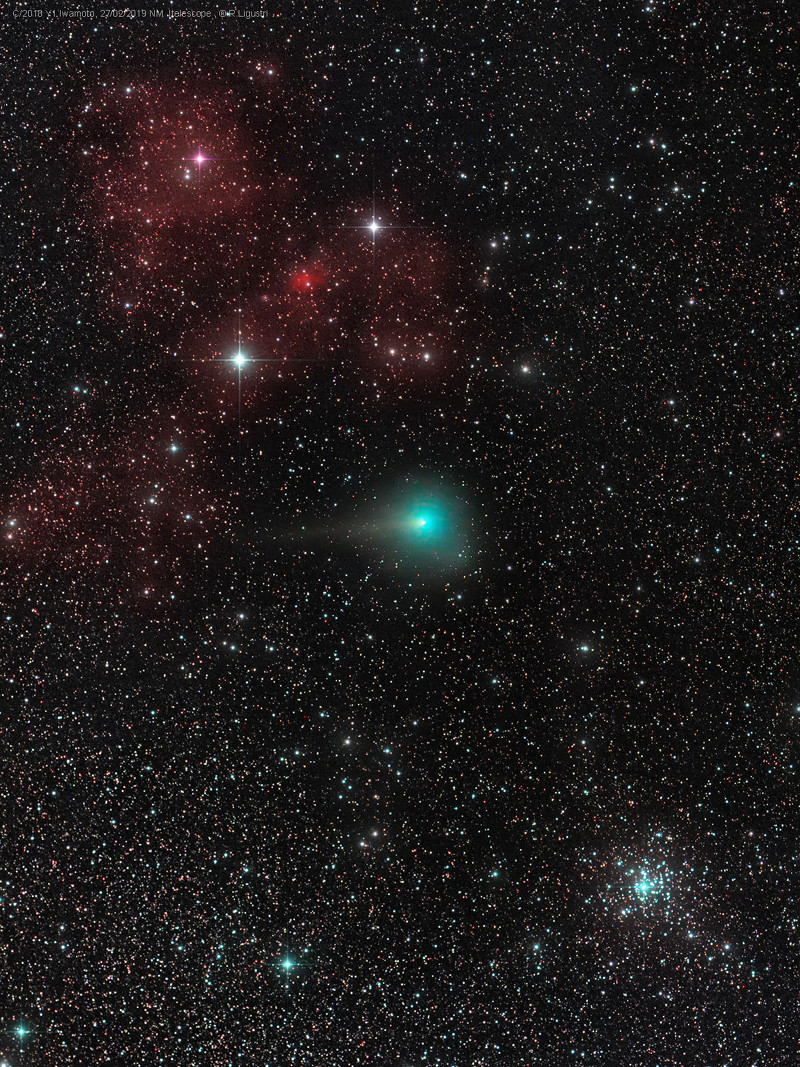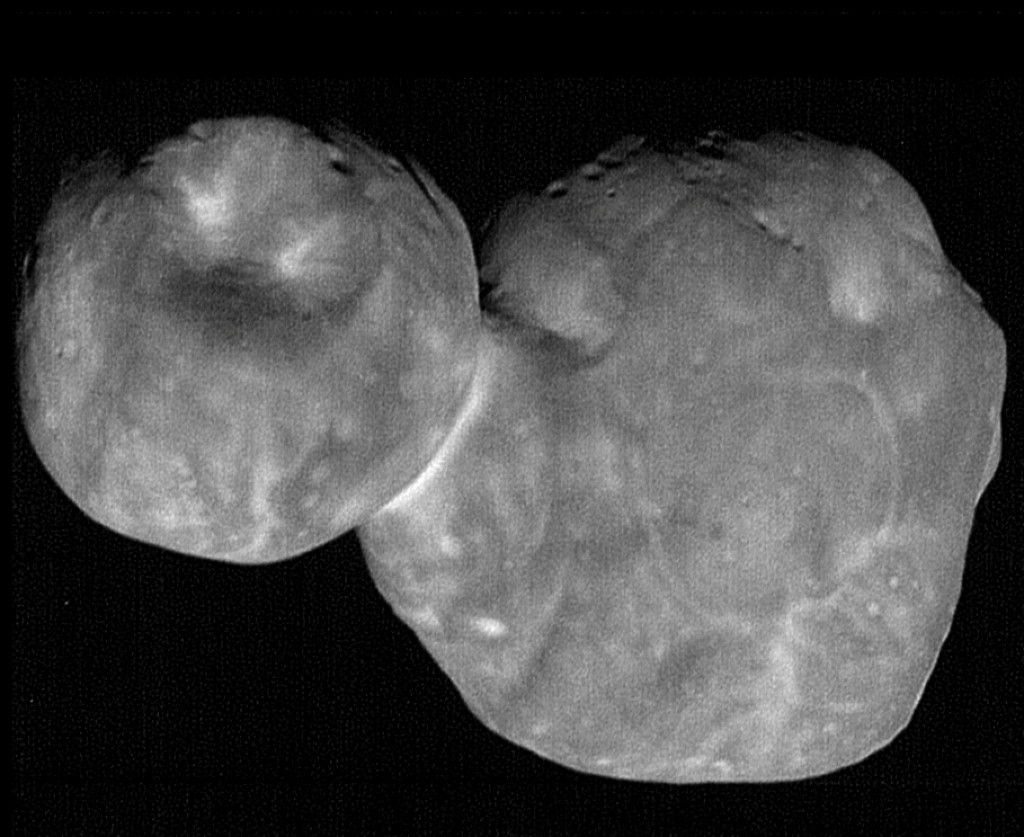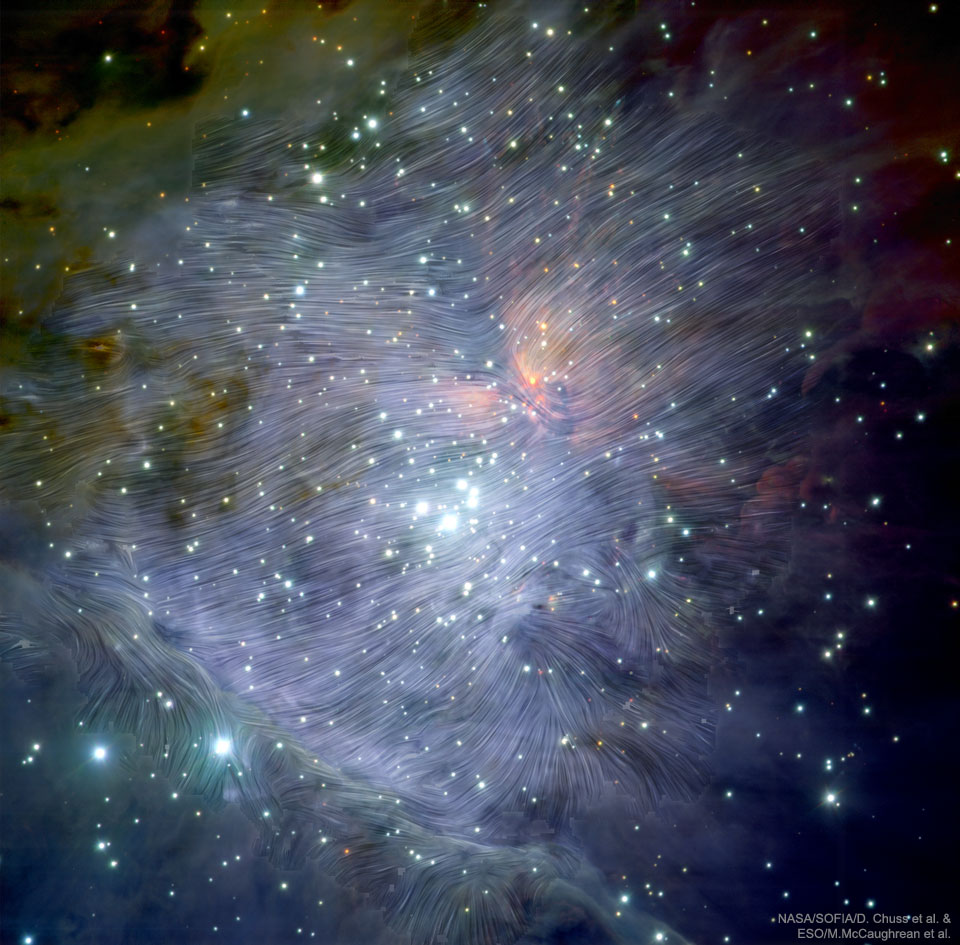
Le gypse est un sulfate de calcium. Souvent enchâssé dans des marnes imperméables, il est alors préservé de la dissolution comme c'est le cas à Grozon, dans le Jura. Translucide, il présente ici, à la surface de ses parois, le contour de cristaux monocliniques.
Bruno Cupillard
